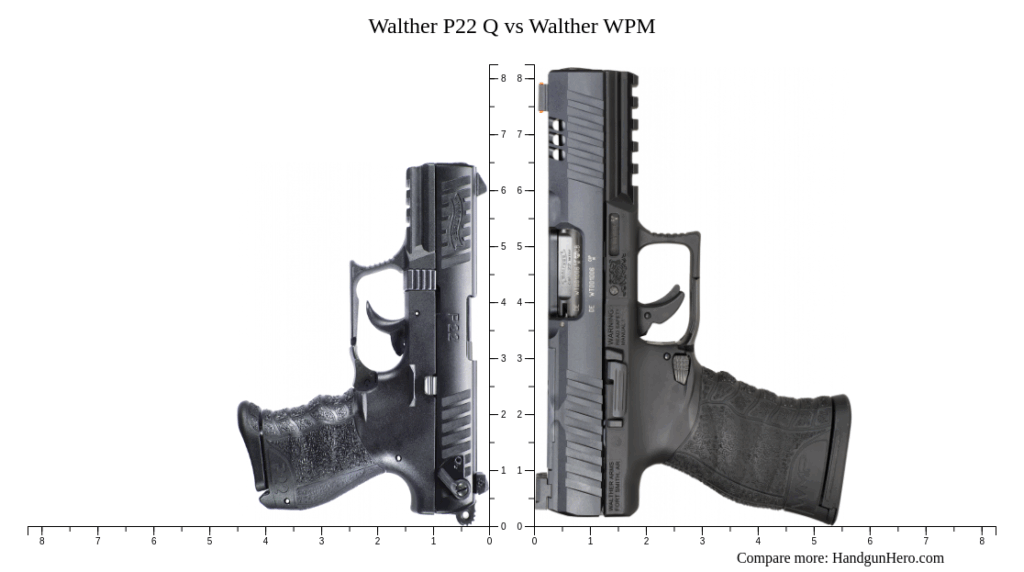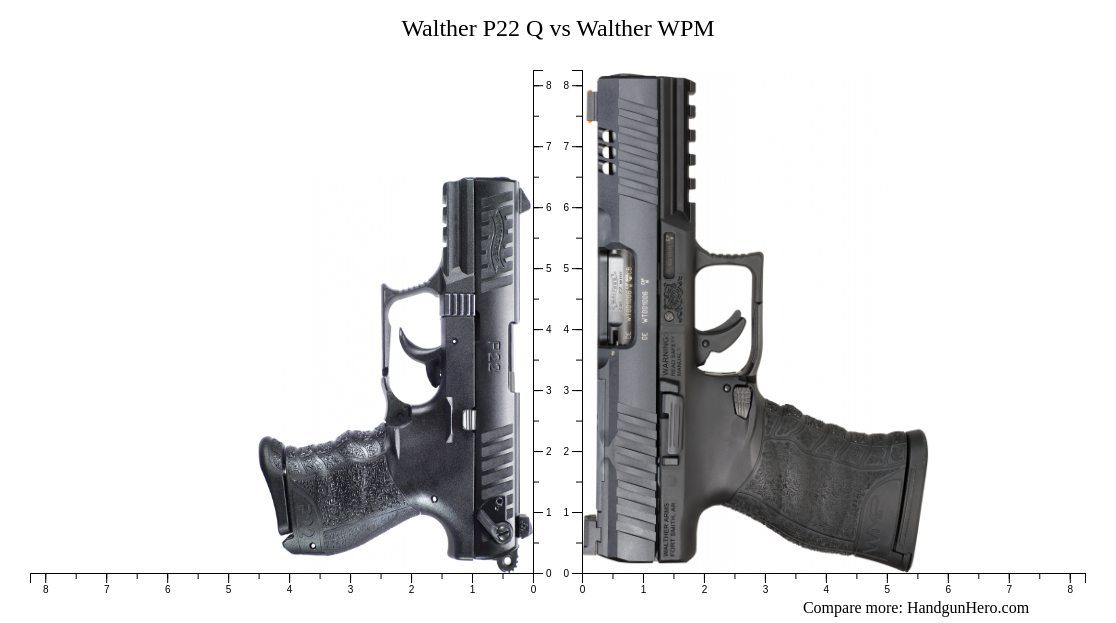
P22 vs P22Q: Unraveling the Key Differences Between These Iconic Typefaces
In the world of typography, certain typefaces achieve iconic status, becoming instantly recognizable and widely used across various design applications. Among these, the P22 and P22Q stand out as notable examples, particularly within the realm of historical and artistic fonts. While both typefaces share a common origin and aesthetic, subtle yet significant differences distinguish them, impacting their overall appearance and suitability for specific projects. Understanding what’s the difference between a P22 and a P22Q is crucial for designers and typographers seeking to make informed decisions about font selection.
The Origins of P22 and P22Q
Before delving into the specific differences, it’s essential to understand the historical context and creation of these typefaces. P22 is a type foundry renowned for its historically inspired and artistically driven fonts. The company, officially named P22 Type Foundry, was founded by Richard Kegler and Carima El-Behairy. Their mission revolves around breathing new life into historical lettering and exploring the intersection of art and typography. This commitment has led to the creation of a diverse library of fonts, each with its own unique story and character. The P22 foundry’s work often involves meticulous research and painstaking recreation of historical alphabets, ensuring authenticity and preserving the legacy of these designs.
P22Q, on the other hand, is not a separate typeface in itself, but rather a specific version or variant within the broader P22 font family. It often denotes a particular style, weight, or character set within a larger P22 font collection. For example, a P22 font might have a P22Q variant that includes additional characters, alternate glyphs, or a different stylistic interpretation. Therefore, to understand what’s the difference between a P22 and a P22Q, you need to consider the specific P22 font family in question and the characteristics of its P22Q variant.
Key Differences: A Comparative Analysis
The differences between a P22 font and its corresponding P22Q variant can manifest in several ways. Here’s a breakdown of the most common distinctions:
Character Set and Glyph Coverage
One of the primary differences often lies in the character set and glyph coverage. The P22Q variant may include a more extensive character set than the standard P22 font. This could involve the addition of accented characters, ligatures, swashes, stylistic alternates, or symbols that are not present in the original font. Designers who require a comprehensive character set for multilingual typesetting or complex typographic layouts may find the P22Q variant more suitable. The expanded glyph coverage allows for greater flexibility and creative expression.
Stylistic Variations and Alternate Glyphs
P22Q variants frequently offer stylistic variations and alternate glyphs that provide designers with greater control over the appearance of the typeface. These variations might include different letterforms, altered serifs, or unique design elements that offer a distinct visual flavor. For instance, a P22 font based on a historical script might have a P22Q variant that incorporates more calligraphic flourishes or simplified letterforms. The availability of alternate glyphs allows designers to fine-tune the typography to match their specific aesthetic preferences and design requirements. Understanding what’s the difference between a P22 and a P22Q in terms of stylistic options is crucial for achieving the desired visual impact.
Weight and Style
In some cases, the P22Q designation might indicate a different weight or style of the font. For example, a P22 font might be available in regular, bold, and italic styles, with a P22Q variant representing a semi-bold or light version. Similarly, the P22Q variant could denote a condensed or expanded version of the font, offering a different width and spacing. These variations in weight and style allow designers to create visual hierarchy and emphasis within their designs. The choice between a P22 font and its P22Q variant depends on the specific typographic needs of the project.
Kerning and Spacing
While less common, differences in kerning and spacing can also distinguish a P22 font from its P22Q variant. Kerning refers to the adjustment of space between individual letter pairs to improve readability and visual harmony. The P22Q variant might have a refined kerning table that addresses specific spacing issues or enhances the overall appearance of the font. Similarly, the spacing between letters and words might be slightly different in the P22Q variant, affecting the overall density and rhythm of the text. These subtle adjustments can have a significant impact on the legibility and aesthetic appeal of the typography.
Practical Applications and Considerations
When choosing between a P22 font and its P22Q variant, it’s essential to consider the specific requirements of your project. Here are some practical applications and considerations to keep in mind:
Multilingual Typography
If your project requires typesetting in multiple languages, the P22Q variant with its extended character set may be the better choice. The additional accented characters and symbols will ensure accurate and professional-looking typography across different languages. [See also: Best Fonts for Multilingual Design]
Branding and Identity
For branding and identity projects, the stylistic variations and alternate glyphs offered by the P22Q variant can be invaluable. These options allow you to create a unique and memorable visual identity that stands out from the competition. Experimenting with different letterforms and design elements can help you craft a distinctive brand personality. Understanding what’s the difference between a P22 and a P22Q is crucial for making informed decisions about font selection in branding projects.
Historical Accuracy
If you’re working on a project that requires historical accuracy, it’s important to research the specific characteristics of the P22 font and its P22Q variant. Some P22Q variants may be more faithful to the original historical source material, while others may incorporate modern interpretations or embellishments. Choosing the appropriate variant will ensure that your typography aligns with the historical context of the project.
Readability and Legibility
Always prioritize readability and legibility when selecting a font. While stylistic variations and alternate glyphs can add visual interest, they should not compromise the clarity of the text. Consider the intended audience and the reading environment when making your decision. Test the font in different sizes and contexts to ensure that it remains legible and easy to read. The difference between the P22 and P22Q might affect readability, depending on the specific variations.
Examples of P22 Fonts and Their P22Q Variants
To illustrate the differences between P22 fonts and their P22Q variants, let’s consider a few specific examples:
P22 Cezanne and P22 Cezanne Pro
P22 Cezanne is a typeface inspired by the handwriting of the famous French painter Paul Cezanne. The P22 Cezanne Pro variant includes a more extensive character set with additional ligatures and swashes, providing designers with greater flexibility and control over the appearance of the font. The “Pro” designation often indicates an expanded or enhanced version of the original font.
P22 Johnston and P22 Underground Pro
P22 Johnston is a revival of the iconic typeface designed by Edward Johnston for the London Underground. The P22 Underground Pro variant includes a more comprehensive character set with additional symbols and alternate glyphs, reflecting the evolution of the typeface over time. This variant is often preferred for projects that require a historically accurate and complete representation of the Johnston typeface.
P22 Art Nouveau and its Stylistic Sets
While not explicitly a “P22Q” variant, many P22 fonts, especially those inspired by Art Nouveau, come with stylistic sets. These sets allow users to switch between different design variations of letters, offering a similar level of customization as seen in dedicated P22Q versions. Understanding how to access and utilize these stylistic sets can further enhance the versatility of the typeface.
Conclusion: Making an Informed Choice
Understanding what’s the difference between a P22 and a P22Q is essential for designers and typographers seeking to make informed decisions about font selection. While both typefaces share a common origin and aesthetic, the P22Q variant often offers an expanded character set, stylistic variations, and alternate glyphs that provide greater flexibility and creative control. By carefully considering the specific requirements of your project and the characteristics of each font, you can choose the option that best meets your needs and enhances the overall visual impact of your design. Always prioritize readability, historical accuracy, and the intended audience when making your decision. Remember that the nuances between P22 and P22Q, though sometimes subtle, can significantly influence the final outcome of your typographic endeavors. The key is to examine the specific font family and its variants to fully grasp the distinctions and leverage them to your advantage.
In conclusion, the choice between P22 and P22Q depends on the specific needs of the project. Consider the character set, stylistic variations, and intended use to make an informed decision. Further research into the specific P22 font family is always recommended.

